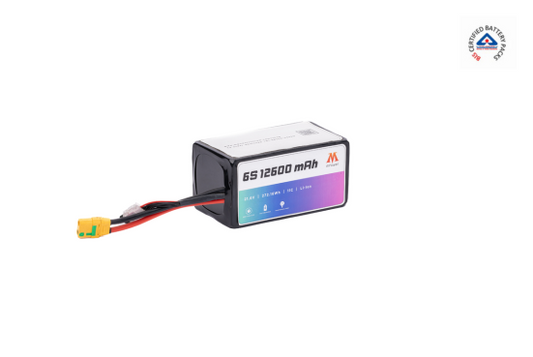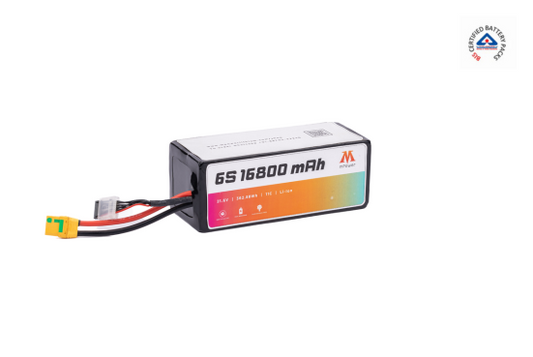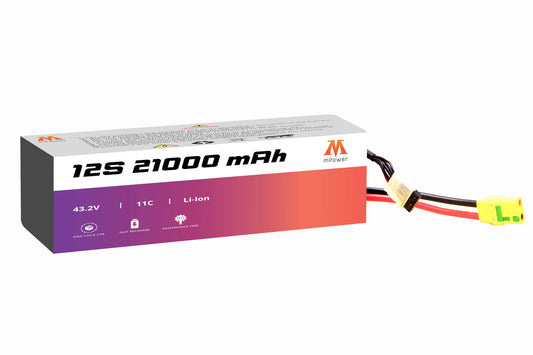
Drones are rapidly transforming numerous industries. From construction and agriculture to search and rescue and delivery services, their ability to navigate remote or hazardous areas is revolutionizing efficiency and safety.
However, this rapid ascension comes with a complex web of challenges. Drone regulations vary significantly across countries and even regions, creating confusion for operators and hindering broader adoption. Technological limitations, such as battery life and payload capacity, also restrict certain applications. Privacy concerns arise as drones equipped with cameras become commonplace, raising questions about data collection and surveillance. Finally, cybersecurity vulnerabilities threaten to compromise drone control systems, potentially leading to safety hazards or even malicious use.
Despite these complexities, the potential benefits of drone technology are undeniable. As regulations evolve, technology advances and solutions for privacy and security are implemented, drones are poised to take flight as a transformative force across a multitude of fields.
Understanding Drone Laws
Understanding the drone laws is crucial for responsible drone operation. In some countries, drone registration is mandatory for most models, with limitations on flight altitude, proximity to airports, and operation near sensitive areas. While some countries impose stricter restrictions, requiring permits for flights near populated areas.
Failing to comply with local regulations can lead to hefty fines, confiscation of equipment, or even criminal charges. Beyond legalities, ignoring regulations can endanger manned aircraft, disrupt sensitive operations, or violate privacy rights.
Drone pilots should consult the aviation authority to fly in, and thoroughly research any specific restrictions within their chosen flying area. Several online resources aggregate drone regulations by country, making it easier for pilots to navigate the complex legalities and ensure their flights are both authorized and responsible.
Drone Technology Overview
Drone technology is constantly advancing. Increased battery life allows for longer flight times, while advancements in payload capacity enable drones to carry heavier equipment. Improved sensor technology, including high-resolution cameras and LiDAR, expands drones' data collection and analysis capabilities. Additionally, advancements in automation are leading to the development of fully autonomous drones capable of complex pre-programmed missions.
Advancements in drone technology are also improving operational efficiency and safety. Automated flight paths minimize human error, while obstacle detection and avoidance systems enhance safety. Real-time data collected by drones allows for more informed decision-making, optimizing workflows and resource allocation.
The Lithium Ion drone battery plays a critical role in drone technology. Their high energy density allows drones to carry more weight for longer distances compared to traditional battery technologies. Additionally, Li-Ion batteries are lighter, contributing to improved flight performance. As battery technology continues to evolve, with increased capacity and faster charging times, we can expect even more impressive capabilities from drones in the future.
Privacy Rights and Drone Use
Privacy and Rights:
- Aerial Surveillance: Drones equipped with high-resolution cameras can capture footage of people and property in previously inaccessible areas. This raises concerns about unwanted surveillance, particularly in residential areas or sensitive locations.
- Data Collection: Drones can be equipped with sensors that collect data beyond visuals, like thermal imaging or audio recording. This expands the scope of potential privacy violations.
- Lack of Transparency: In some cases, drone usage may not be readily apparent, leaving people unaware of being filmed or recorded.
Regulations and Guidelines:
- Flight Restrictions: Many countries impose limitations on drone operations near airports, sensitive areas, and private property. These restrictions help mitigate the risk of surveillance in restricted areas.
- Data Protection Laws: Existing data protection regulations in many countries can apply to drone-collected data. These laws typically require transparency about data collection and limit its use to specific, legitimate purposes.
Cybersecurity Challenges and Solutions
- Data Breaches: Drones often collect sensitive data, like aerial photographs or video footage. If compromised, this data could be leaked or used for malicious purposes.
- Hacking: Hackers could potentially take control of a drone's flight systems, causing crashes or even directing the drone towards unauthorized areas.
- Disruption of Operations: Cyberattacks could disrupt critical drone operations, impacting industries like emergency response or infrastructure inspection.
Best Practices for Secure Drone Use:
- Secure Drone Systems: Use strong passwords and keep drone firmware updated with the latest security patches.
- Data Encryption: Encrypt all sensitive data collected by drones to minimize the risk of exposure if a breach occurs.
- Network Security: Utilize secure networks for drone communication and avoid connecting them to public Wi-Fi.
The Bottom Line!
mPower drone battery plays a vital role in successful drone operation. They offer:
- High Energy Density: Enabling longer flight times and heavier payloads.
- Lightweight Design: Contributing to improved drone performance.
- Reliable Power: Ensuring consistent and dependable flight experiences.
By prioritizing legal compliance, technological advancements, data privacy, and cybersecurity, businesses can unlock the full potential of drones. mPower Lithium Ion Drone Batteries provide the reliable power source needed for safe and responsible flight. Together, informed practices and cutting-edge technology can ensure drones take to the skies for a brighter future.












